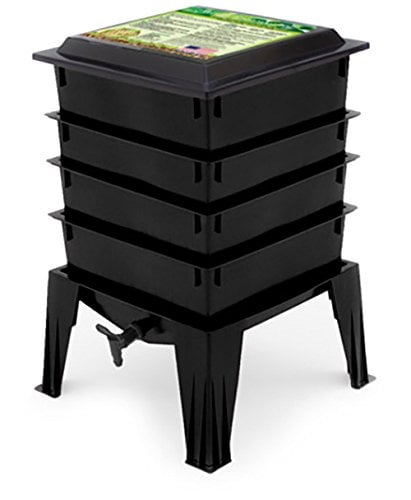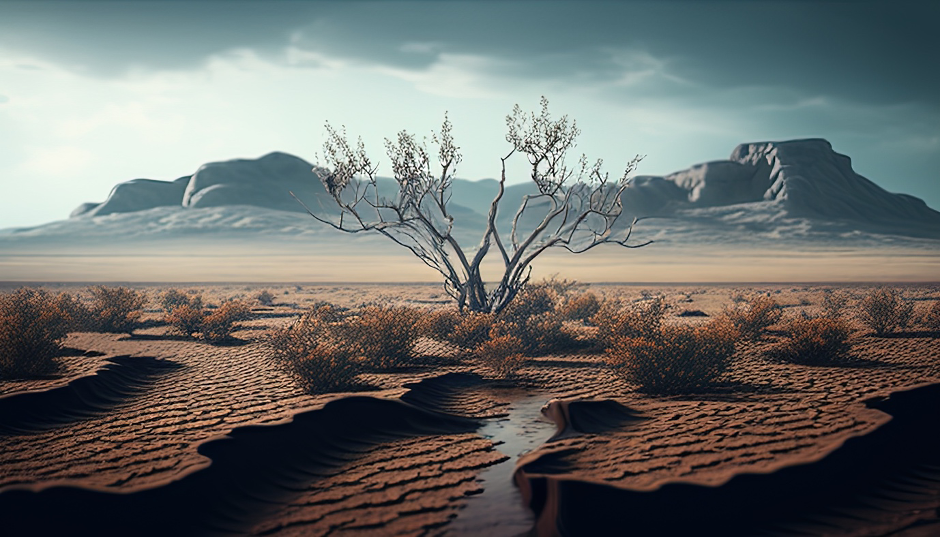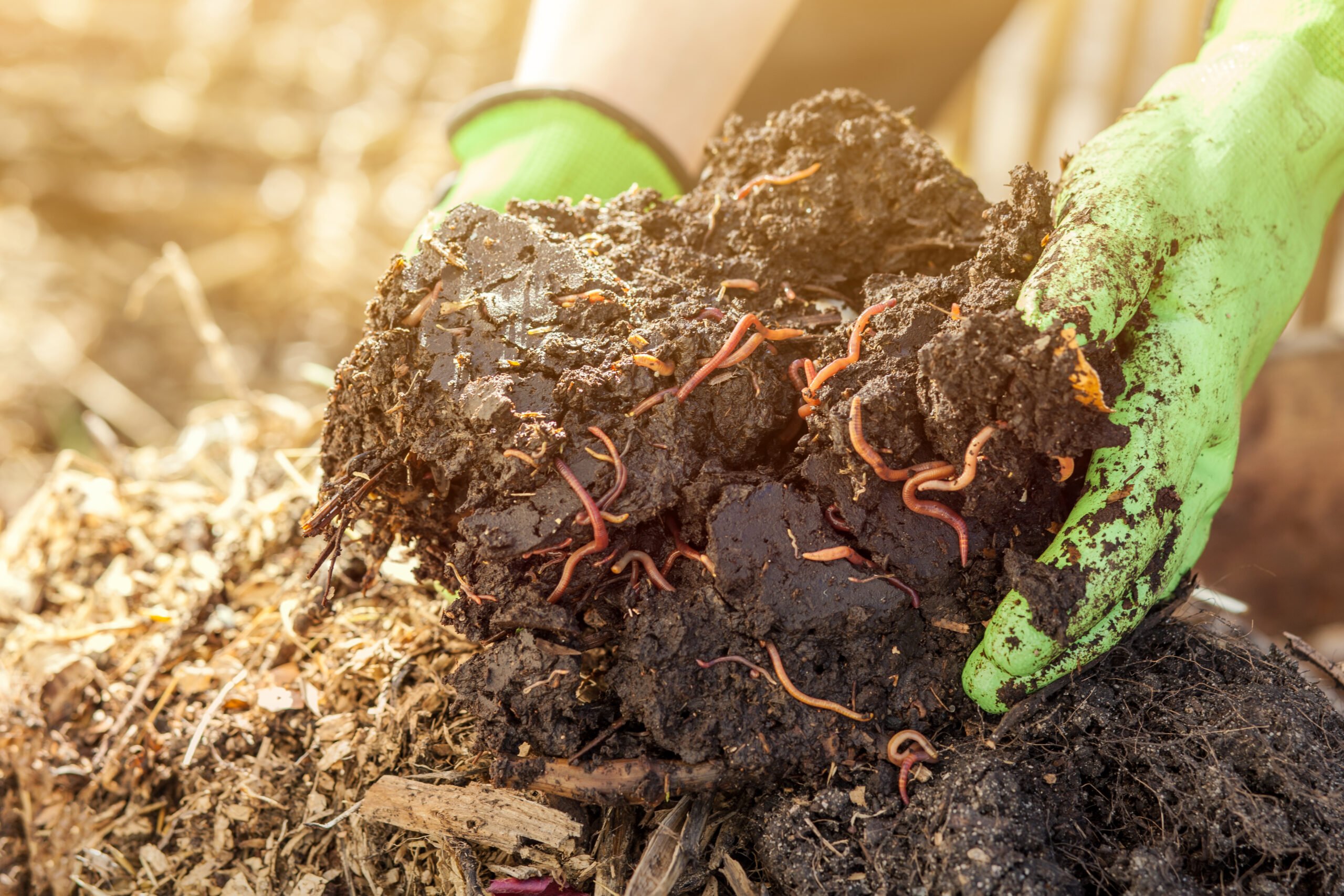 Hey there, fellow worm farmers and composting enthusiasts! When it comes to turning your organic waste into black garden gold, understanding the wide range of worm species at your disposal is like having a secret superpower. Today, we’re unearthing the mysteries of the composting world by taking a closer look into the renowned Red Wigglers and the often-overlooked Indian Blue Worm.
Hey there, fellow worm farmers and composting enthusiasts! When it comes to turning your organic waste into black garden gold, understanding the wide range of worm species at your disposal is like having a secret superpower. Today, we’re unearthing the mysteries of the composting world by taking a closer look into the renowned Red Wigglers and the often-overlooked Indian Blue Worm.
Having spent over four delightful decades working with worms on my farm, I can tell you I’ve had my fair share of fun with both of these wiggly wonders. Today, I’m excited to share my hands-in-the-dirt wisdom with you.
So, whether you’re an experienced worm composter or just dipping your toes into the world of vermiculture, join me as we discover what sets these two incredible types of worms apart.
Let’s dig in!
Red Wigglers: Nature’s Tiny Composting Machines
Let’s kick things off by getting up close and personal with Red Wigglers – Mother Nature’s pint-sized composting powerhouses we all know and love!
How Do You Tell If a Worm Is a Red Wiggler?
First things first, let’s talk about how to identify these marvelous creatures. Red Wigglers, scientifically known as Eisenia fetida, is easy to spot if you know what to look for.
- What color are Red Wiggler worms? As their name suggests, Red Wigglers have a distinctive reddish-brown color that sets them apart from the crowd. Imagine the rich hue of a perfectly ripened apple, and you’ll have a pretty good idea of its color.
- What are the characteristics of a Red Wiggler? Now that we’ve got their color down, what does a Red Wiggler look like? Red Wigglers are slender, supple, and incredibly agile, with their smooth, sleek bodies measuring about 2-3 inches long. Take an even closer look, and you’ll notice that they have a segmented body. These segments make them look a bit like a string of tiny pearls, with each segment serving a specific purpose in their daily lives.
Why Are Red Wigglers Unique?
One of the things that make Red Wigglers unique is their voracious appetite for organic matter. This common composting worm species is a true foodie and can devour its weight in kitchen scraps and other organic materials daily!
Plus, they are fantastic at breaking down waste into nutrient-rich worm castings, which makes them the VIPs (Very Important Performers) of the vermicomposting world, making them worm farmers’ favorites.
Indian Blue Composting Worms: The Hidden Blue Worm Gem
Now, it’s time to shine a spotlight on the composting world’s best-kept secret, a worm species that’s often overshadowed by its famous Red wiggle buddies.
Officially known as Perionyx excavatus in Latin, these worms are like the hidden gems of the vermicomposting world, not as famous as their red cousins but equally valuable.
What Are Blue Worms Called?
Indian Blue Worms go by many names – some call them “Indian Blues” or simply “Blue Worms” for short. They’re sometimes referred to as Malaysian Blues and even Malabar Night Crawlers. These names all refer to the same fantastic composting species.
Is the Blue Worm Rare?
Well, not exactly. While they might not be as well-known as Red Wigglers, Indian Blues are not rare at all. In fact, they’re quite common in subtropical and tropical climate regions.
What Are Blue Worms Used for?
Indian Blue Worms are like the unsung heroes of the vermicomposting world. Much like their famous cousins, the Blues are surface dwellers – epigeic, surface-feeding worms, experts at devouring organic waste food sources above ground in the midst of loose leaf litter and nutrient-rich manure.
They play a crucial role in breaking down organic matter, just like Red Wigglers, and their castings are nutrient-rich and perfect for improving soil fertility. They are also prolific composters, with some enthusiasts claiming their skills surpass even those of the famed Red Wiggler.
Some even use them as bait worms, as they’re pretty active and wiggly; just remember not to spook away the finned trophy you’re after and find the best worms for fishing according to what fish you’re trying to reel in.

Red Wigglers vs. Indian Blue Worms: Key Differences
Now that we’ve got a good grasp of what each worm is all about, let’s draw a few comparisons. Think of it as a friendly face-off between two talented actors auditioning for the role of the star composter in your garden.
To the untrained eye, it might seem like comparing apples to, well, slightly different-looking apples. Indian Blues frequently find themselves in the awkward position of being misidentified as Red Wigglers, and, quite regrettably, they sometimes end up being passed off as their more famous cousins. It’s like trying to tell apart two sneaky twins playing a game of hide and seek in your compost bin!
But let me assure you – there’s much more to these wriggly wonders than meets the eye. So, what’s the difference between Red Wigglers and Indian Blues?
Physical Differences
How can you tell these composting squirmers apart?
Color Palette
Despite their somewhat misleading name, Indian Blues aren’t exactly blue, and the color difference is actually not that obvious at first glance – you could easily mistake the two. While Red Wigglers flaunt a distinct reddish-brown hue, Indian Blues carry a more subtle and understated blue-grayish tone if you look closer.
Here’s a telltale sign to distinguish between these two worm varieties: Blue worms typically flaunt a deeper hue with a mesmerizing iridescent shimmer, revealing itself at various angles in the sunlight. In contrast, Red Wigglers lack this radiant sheen, sporting a solid, earthy red-to-maroon shade.
Size
At first glance, there’s not much difference in size between these two kinds of worms, but Red Wigglers tend to be a bit smaller and thicker, measuring around 2-3 inches in length, while some Indian Blues can grow a tad larger, reaching up to 5 inches.
Details
Red wigglers flaunt their distinctive style with a bright yellow band that boldly ends in a concentrated yellow tip on their tails. The Blues may lack the vivid yellowish coloring but sport a similar banding pattern, albeit with a subtler coloring.
To spot an Indian Blue, look for their less conspicuous, flush clitellum – that fleshy, body-hugging band that’s usually raised in your typical earthworm.
Movement
The Red Wiggler tends to be a bit more laid-back and user-friendly in its demeanor. The Blue Worm, on the other hand, is more active and wiggly – it can stretch itself out, seemingly doubling its length, when sliding on surfaces. However, they’re a bit more temperamental and fussy, known to throw tantrums when encountering bright light or a curious hand.
These little Houdinis of the worm world also have a knack for staging epic escape missions from their worm bins, often triggered by sensing an impending storm (blame it on the change in the barometric pressure) or, sometimes, even just for the thrill of it, so it seems.
Climate Conditions
When it comes to their ideal conditions and temperature preferences, Red Wigglers are the true all-weather champs – they’re known for their adaptability and can thrive in various environmental and moisture conditions, including colder temperatures, making them the year-round heroes of vermicomposting. Their wide range of temperature tolerance spans from 40 to 90°F, but their ideal comfort zone is between 55 and 77°.
Now, let’s talk about our tropical sensation, the Indian Blue Worm. The biggest difference between the two that anyone in the business of worm farming needs to note is these heat-seekers revel in warmer, tropical climates and environmental conditions, all while cleverly seeking out shade for protection from direct sunlight, of course.
The Blue Worm has made itself right at home in the subtropical and tropical realms, so if you want to keep them happy, aim for that sweet spot of 70°F to 80°F at which they thrive. They don’t do well in colder temperatures, so anything below 70°F (around 21°C) will slow them down and make them less efficient. And if the mercury keeps plummeting below 50°F (10°C), you might just witness them waving goodbye.
Feeding Habits
Both types of worms are excellent composters and voracious eaters – they have a big appetite and can handle a wider variety of food scraps. They’re the maestros of breakdown in compost bins, turning your kitchen scraps into effective worm castings.
Red Wiggler and Blue Wiggler food menu? Like all top-soil feeders, they can devour a wide variety of organic goodies, from human waste such as egg shells, vegetable waste, and fruit waste – non-citrus, mind you! – to your garden waste, such as decaying tree leaves and aged animal manure, creating nutrient-rich compost as they go.
Just make sure you get the lowdown on the best food to feed your worms for a happy, healthy worm crew working on that compost pile!
Reproduction Styles
When it comes to their reproduction rates (something commercial worm breeders will appreciate), both worm types are prolific breeders, quickly populating your compost bin.
When in the right environment, Indian Blues are rapid growers and reproducers, making them excellent composting worms. They reach sexual maturity within two months and can generate around 19 cocoons weekly. However, when in truly favorable conditions, they can outcompete and gradually diminish the populations of other worms like Red Worms or European Nightcrawlers.
This infiltration in regions where pure worm cultures are desired has earned them the nickname “pest worms,” which is why you should be careful not to mix the two.
Indian Blue Worm vs. Red Wiggler: What Type of Worm Is Best for Composting?
Ah, the million-dollar question! When it comes to these two, the answer mostly boils down to your environmental conditions. Below are some basic guidelines to follow to make the right choice for you. If you haven’t already, you can check out some composting tips I’ve shared on my YouTube channel!
If you live in a temperate climate and want a resilient and efficient composter that can handle a variety of temperature ranges and scraps, Red Wigglers might be your ideal breed. They’re like the all-season tires of the worm world, adaptable and always ready for action, making them the most desirable composting worms around.
Are Blue worms good for vermicomposting? Absolutely! Indian Blue Worms are excellent composters and deserve more recognition for their contributions to our gardens and ecosystems. For those in warmer regions, especially tropical and subtropical areas, the Indian Blue Worm can be a beneficial composting worm that chows down on those scraps and produces black gold quickly.
However, Blue Worm composting is a bit more delicate – since they demand a consistently high-temperature environment in order to work their magic, it makes them a trickier bunch to cultivate and maintain, which is why most outdoor vermicomposters that live in colder areas usually go for Red Wigglers.
Red Wiggler vs. Indian Blue Worm: Choose Your Composting Sidekicks
So, the bottom line is, apart from their climate preferences, both Red Wigglers and Indian Blue Worms make great composting worms, and you can’t go wrong with either species when it comes to getting your hands on that nutrient-rich soil (unless you think you can’t handle a little Blue wigglers’ sassiness from time to time).
Order the perfect live worm companions for your vermicomposting adventures at Uncle Jim’s Farm today. And above all, don’t forget to enjoy the experience and have fun with your worms!
Until next time, happy composting!








